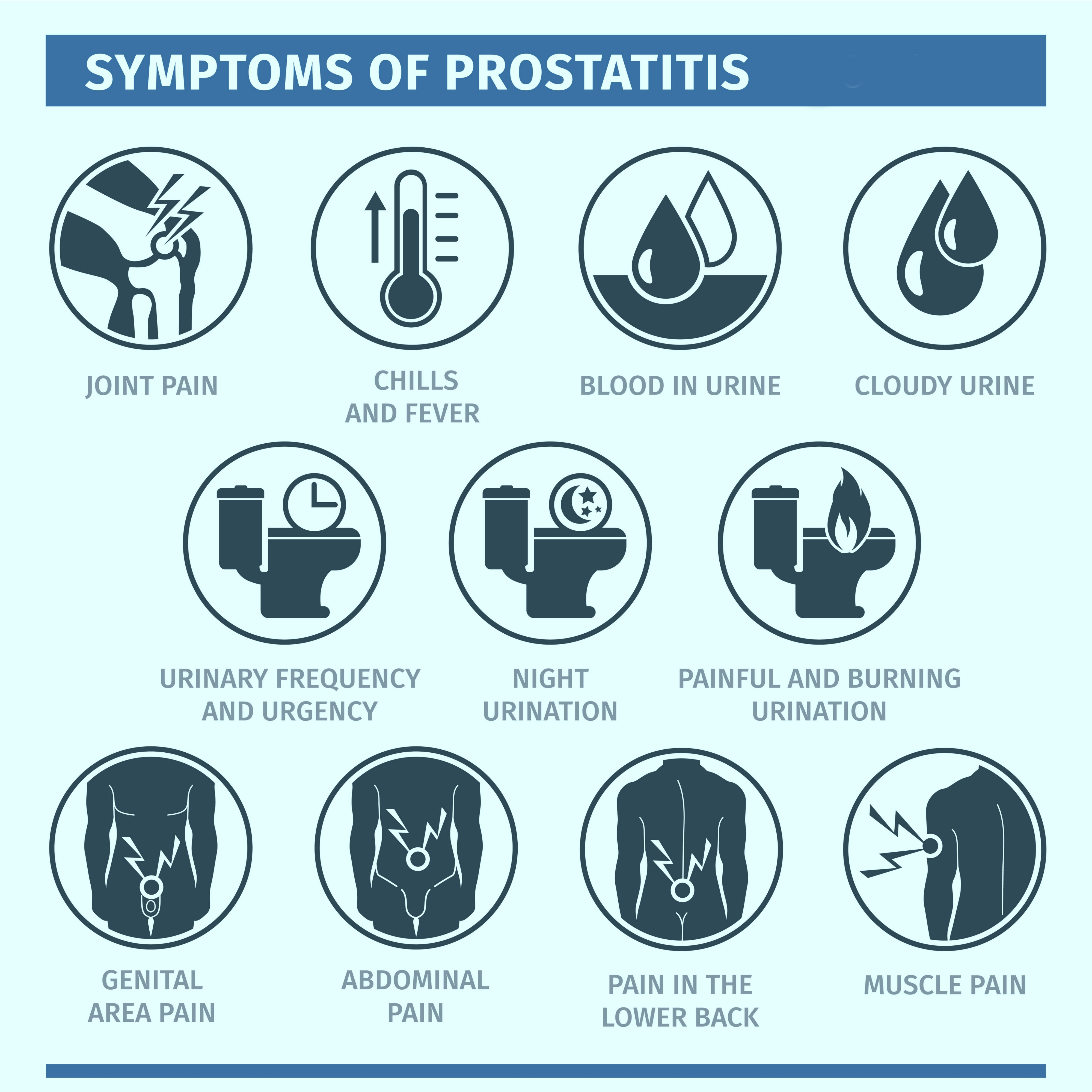
The Paradox of Prostate Cancer – Health Risks, Symptoms, and Treatment
I once heard an oncologist say, “If I had to choose cancer for myself — it would be prostate cancer!”
Despite being a common cancer in the male population, only 10% of patients actually die from the disease. …such is the paradox of prostate cancer.
The Anatomy
To understand the natural course of this condition, it is important first to understand the anatomy of this structure.
The prostate gland is the main part of the male reproductive system. It secretes fluids that make up semen. It is located below the urinary bladder and behind the rectum, surrounding the urethra (urinary duct) through which urine and semen pass.
Therefore, an enlarged prostate will obstruct the urinary flow and the patient will suffer from urinary symptoms like a slow urine stream, increased the urge to urinate or dribbling of urine. Inability to maintain an erection is also a common complaint in such patients.
 The normal prostate is the size of a walnut but it grows with age. It is a common saying that if you have seen a man with gray hair, then you have seen a man with an enlarged prostate. But it is also important to remember that not all enlarged prostates are cancerous and a much larger population of males develop BPH or Benign Prostatic Hyperplasia which is a simple condition that can easily be treated by surgical removal.
The normal prostate is the size of a walnut but it grows with age. It is a common saying that if you have seen a man with gray hair, then you have seen a man with an enlarged prostate. But it is also important to remember that not all enlarged prostates are cancerous and a much larger population of males develop BPH or Benign Prostatic Hyperplasia which is a simple condition that can easily be treated by surgical removal.
Prostate cancer is rare in men younger than 40 years but the risk increases rapidly after the age of 50 and 60% of prostate cancer cases occur in men above the age of 65.
The Bad News
- Prostate cancer does not have any controllable risk factors.
- This cancer tends to run in the family and the risk is doubled if a person’s brother or father had the disease.
- Prostate cancer symptoms may appear after the disease has spread. For example, the first complaint a patient may have is back pain after cancer has spread to the bones. Some patients experience neurological pain or weakness in the lower limbs because the large mass puts pressure on the spinal cord.
The Good News
- Prostate cancer grows so slowly that it often goes undiagnosed for years.
- Early detection is possible as there are two simple screening methods for this disease. The first is through a blood test for PSA (Prostate Specific Antigen) and the other is through DRE (Digital Rectal Examination) in which the physician feels the prostate gland by inserting a finger into the patient’s rectum.
- Both of these methods are not 100% diagnostic for prostate cancer and a tissue biopsy is needed to confirm the diagnosis.
- The 5-year survival percentage in the US is 99%.
Treatment
In this paradox of good news and bad news, timing is crucial. Therefore, symptoms of prostate cancer should be investigated timely and diagnosis should be confirmed immediately; as early diagnosis is the key to better response and higher survival rates.
Sources:
https://www.cancer.org/cancer/prostate-cancer/about/key-statistics.html
https://www.cancer.org/cancer/prostate-cancer/detection-diagnosis-staging/survival-rates.html

